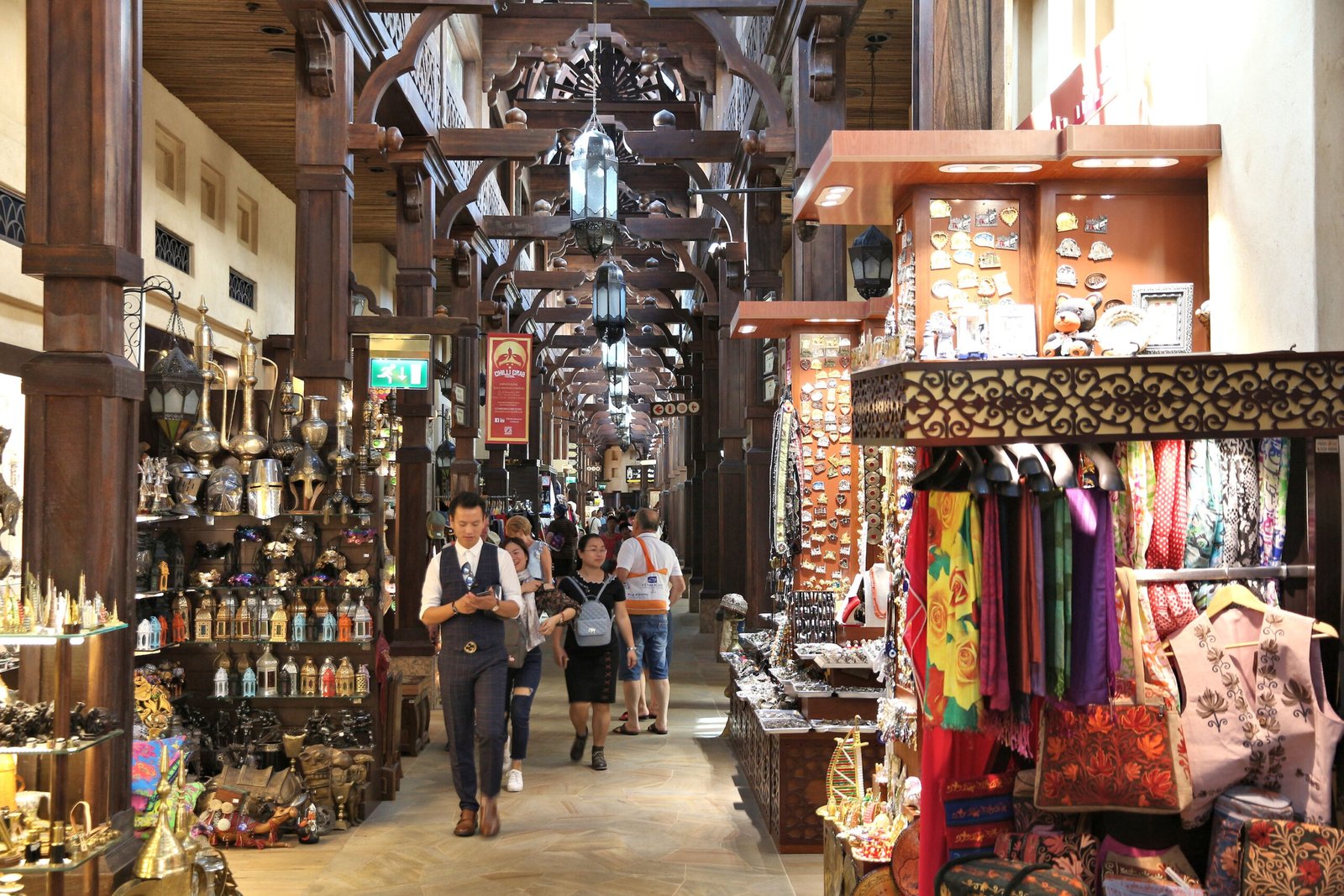Historical archaeological assessments play a critical role in uncovering, protecting, and preserving the remnants of our past. As urbanization and development projects continue to expand globally, the importance of these assessments has grown, ensuring that the historical and cultural heritage embedded in the land is not lost to time. This article delves into the purpose of historical archaeological assessments, the process involved, and their significance in modern society.
What is a Historical Archaeological Assessment?
A historical archaeological assessment is a detailed examination of a site, aimed at identifying and evaluating any artifacts, structures, or remains of historical significance. These assessments are commonly conducted before construction or development projects begin, especially in areas suspected to contain historical materials.
The goal is to understand the historical relevance of the site and to recommend steps for preservation or documentation. These assessments are crucial in urban areas with rich historical significance, where undiscovered artifacts or historical ruins may lie beneath modern development.
The Importance of Historical Archaeological Assessments
Historical archaeological assessments serve as the guardians of our past. They are essential for several reasons:
1. Preservation of Cultural Heritage
The primary function of a historical archaeological assessment is to protect and preserve historical sites. These assessments ensure that construction projects do not destroy valuable artifacts or disrupt historical locations that contribute to a society’s cultural identity.
For example, historical assessments have uncovered Indigenous artifacts and ancient structures that have led to the preservation of entire sites. By documenting and protecting these sites, archaeologists help maintain a tangible connection to history.
2. Informed Development Decisions
Historical archaeological assessments guide developers and city planners in making informed decisions about how to proceed with construction. In some cases, these assessments lead to the rerouting or redesigning of projects to avoid damaging historically significant areas. Developers can then work with heritage management services to ensure compliance with preservation laws and regulations.
Incorporating heritage conservation into the planning process helps balance the demands of modern development with the need to respect and preserve history.
3. Legal Compliance
Many countries, including Australia, have laws and regulations that mandate archaeological assessments for specific sites before any major development begins. These regulations protect heritage sites and ensure that developers adhere to ethical and legal standards.
For instance, the Aboriginal and Torres Strait Islander Heritage Protection Act in Australia requires that developers respect areas of cultural significance, and failure to do so can result in penalties. Historical archaeological assessments help developers navigate these legal waters, ensuring compliance with both local and international heritage laws.
The Process of Historical Archaeological Assessments
Historical archaeological assessments are conducted in multiple stages, each with specific objectives to ensure a comprehensive understanding of the site in question.
1. Background Research
Before any physical investigation begins, archaeologists perform in-depth background research. This involves studying historical documents, maps, and records that may indicate the presence of historical artifacts or structures on the site. For example, old land deeds, property surveys, and historical narratives can offer valuable insights into what lies beneath the surface.
By conducting this research, archaeologists can target specific areas for further investigation and refine their approach, saving both time and resources during the physical assessment phase.
2. Fieldwork
Fieldwork is the most hands-on stage of the assessment process. Archaeologists visit the site to conduct visual inspections, surveys, and sometimes even excavations to uncover historical artifacts or features. Tools like ground-penetrating radar (GPR) and aerial drones can be employed to identify underground anomalies before digging begins.
Depending on the findings, the level of fieldwork can range from surface-level surveying to more invasive digging. In the case of significant discoveries, full-scale excavations might be carried out to recover artifacts and document the site in detail.
3. Documentation and Analysis
Once artifacts or structures are discovered, the next step is documentation. Archaeologists meticulously record the location, condition, and context of each finding. These records are essential for analyzing the historical significance of the site.
The artifacts are then cleaned, cataloged, and analyzed to understand their historical context. This analysis helps archaeologists determine the age of the items, their use, and their cultural relevance.
4. Reporting and Recommendations
The final stage of a historical archaeological assessment involves producing a detailed report that outlines the findings, the significance of the site, and recommendations for future action. In some cases, the report may suggest preserving the site as a historical landmark, while in others, it may recommend that the development proceed with caution, allowing for partial preservation or documentation of the site.
These reports are often shared with government bodies, developers, and heritage management services to ensure the findings are considered in future planning decisions.
Challenges in Conducting Historical Archaeological Assessments
Conducting historical archaeological assessments comes with its share of challenges, many of which require creative problem-solving and collaboration between archaeologists, developers, and local communities.
1. Balancing Development and Preservation
One of the most significant challenges is balancing the needs of modern development with the imperative to preserve historical sites. Developers may face pressure to meet project deadlines, while archaeologists advocate for the careful study and preservation of valuable heritage.
In these cases, collaboration between all stakeholders is key. Some solutions include incorporating historical elements into the development, such as turning an archaeological site into a public exhibit within a new building or park.
2. Limited Resources and Funding
Historical archaeological assessments can be time-consuming and costly, particularly if the site is large or contains complex artifacts. Many assessments rely on government grants or developer funding, which can limit the scope of investigation.
Archaeologists must often prioritize certain aspects of a site over others, making difficult decisions about what to preserve and what to document for the historical record.
3. Community Involvement
Another challenge is ensuring that local communities, especially Indigenous or minority groups, are involved in the process. These communities often have a deep cultural connection to the sites being assessed, and their input is invaluable in guiding the preservation efforts.
Archaeologists must work to build trust with these communities and incorporate their perspectives into the assessment process. In many cases, this involves consulting local elders, historians, and cultural custodians to understand the site’s significance beyond the physical artifacts.
Conclusion: The Future of Historical Archaeological Assessments
As the pace of urban development increases globally, the need for historical archaeological assessments will only continue to grow. These assessments play a pivotal role in preserving our shared history, ensuring that future generations have access to the cultural and historical heritage that shaped their world.
Through collaboration with developers, heritage management services, and local communities, archaeologists can strike a balance between progress and preservation. By valuing our past, we lay the groundwork for a richer and more informed future.
By emphasizing the importance of historical archaeological assessments in modern development and preservation, we not only protect physical artifacts but also honor the cultural narratives that define our societies.












